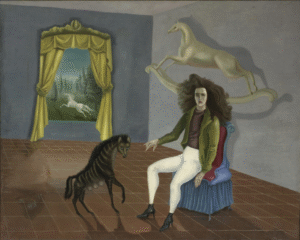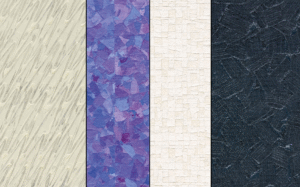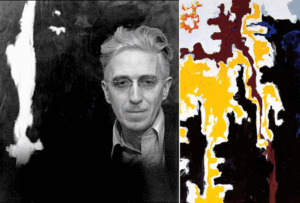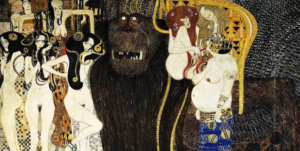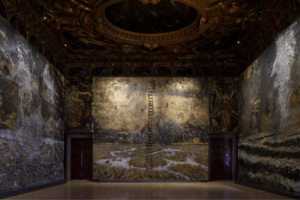There were many influential artistic movements and events that occurred in the beginning and middle of the previous century that shifted people’s perceptions. Surrealism, which aims to subvert reality, is an example of this — an art movement that sprang from the demise of Dadaism. Instead of voicing their dissatisfaction with traditional art and life with an attitude of performative protest, as many Dadaists did — Surrealists took the chance to focus more on art and the subconscious.
The Origin And Values
Surrealism was formed by combining Dadaism and Cubism aspects, as Dadaism itself was slowly becoming less prominent. This revolutionary movement was first faced with opposition, but its distinctive techniques and outlandish concepts opened the way for a new form of art.
It started as an aesthetic, literary, and philosophical movement in the early twentieth century. Its founder, André Breton — a French poet, published the Surrealist Manifesto of 1924, in which he said that the Surrealist movement’s major goal was “to resolve the previously contradictory conditions of dream and reality into absolute reality, a super-reality.“
It claimed that the Enlightenment, a powerful intellectual movement that championed reason and individuality in the 17th and 18th centuries, had suppressed the better characteristics of the irrational, unconscious mind. The objective of Surrealism was to liberate thinking, language, and human experience from the constraints of rationality.
One could even claim that Surrealism is a state of mind, not an artistic style, as its goal is to defy reality, to look for the strange in the ordinary, to awaken our dreams by tapping into our hidden impulses.

Unleashing The Minds
Surrealists, like Dadaists, were outspoken opponents of contemporary society’s repressive norms, which they thought were fuelled by rationality. Surrealists concentrated on investigating the irrational and subconscious concepts as a method of breaking free from society’s rational order, believing that creativity stems from the unconscious mind.
Surrealist painters discovered odd beauty in depicting discarded or abandoned items, the bizarre and unusual, as well as playing with language and automatism concepts. Psychoanalytic theory impacted the movement inimitably, with Salvador Dalí, Max Ernst, and René Magritte being immensely influenced by Sigmund Freud’s views on dreams and the subconscious.
The Surrealists created unconscious artwork utilizing psychic automatism, a method similar to free association or stream of consciousness. Battle of Fishes (1926), a mixed-media canvas by Surrealist artist André Masson, is an early example of automatic painting.
To begin, André Masson applied gesso to his canvas, a sticky material normally used to prime supports for painting, and let it drip freely across the surface. He then poured sand on top, allowing the grains to adhere to the glue at random, and doodled and painted around the resultant shapes. Artists who used automated methods welcomed the element of ‘chance,’ which frequently yielded unexpected outcomes. Masson’s final work depicts two ancient fish battling it out in the primordial slime, their teeth streaming with blood: an unintentional illustration of nature’s intrinsic brutality.
Other Surrealists have chosen to employ different methods — those artists produced hyper-realistic, dreamy visuals that offer glimpses into a mysterious universe outside the realm of waking existence. Some of the most well-known artists who chose this path of Surrealism were Salvador Dalí and René Magritte. The latter, for example, has painted a piece named La Clairvoyance, in which a painter paints a bird in flight while staring at an egg on a table, implying a dreamscape or hallucinogenic condition.
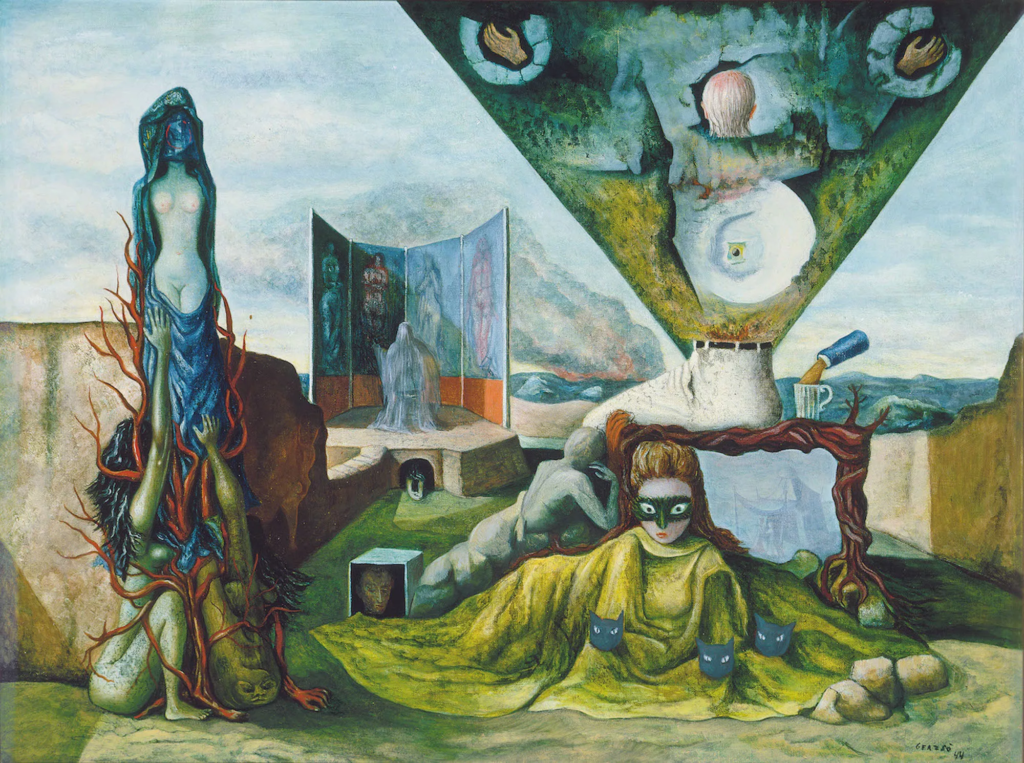
Surrealism Today
As an influential movement in the art world, Surrealism has never been confined to one continent or culture. In the fall, a new exhibition opening at the Metropolitan Museum of Art in New York City will explore how it has traveled across boundaries and networks that span Eastern Europe to the Caribbean, Asia to North Africa, and Australia to Latin America.
Running from October 11, 2021, until January 30, 2022, “Surrealism Beyond Borders” will analyze Surrealism across geographical and chronological borders and provide a new perspective on the shared concerns and exchanges of Surrealists from all over the world. The landmark survey will cover historical, national, and local disparities, and recast a renewed understanding of this global movement. The works displayed will span over eight decades of art produced from 45 different countries. The show will travel to the UK, exhibiting from February 24 to August 29 2022 at Tate Modern in London.
Surrealism as a cultural and intellectual movement continues to have widespread implications today. The movement has not only had an impact on artistic genres such as painting, sculpture, and film but also on philosophy, politics, and social theory. Surrealist strategies also have played an integral role in the feminist art movement by allowing female artists, such as Louise Bourgois and Meret Oppenheim and many more contemporary artists, to expand their positions and gender roles within society. Artists today explore key Surrealist concepts in their works, exploring psychoanalytic theory, the uncanny, the unconscious, symbolic language of dreams and fantasies within their contemporary contexts, freely beyond any boundaries and borders.


